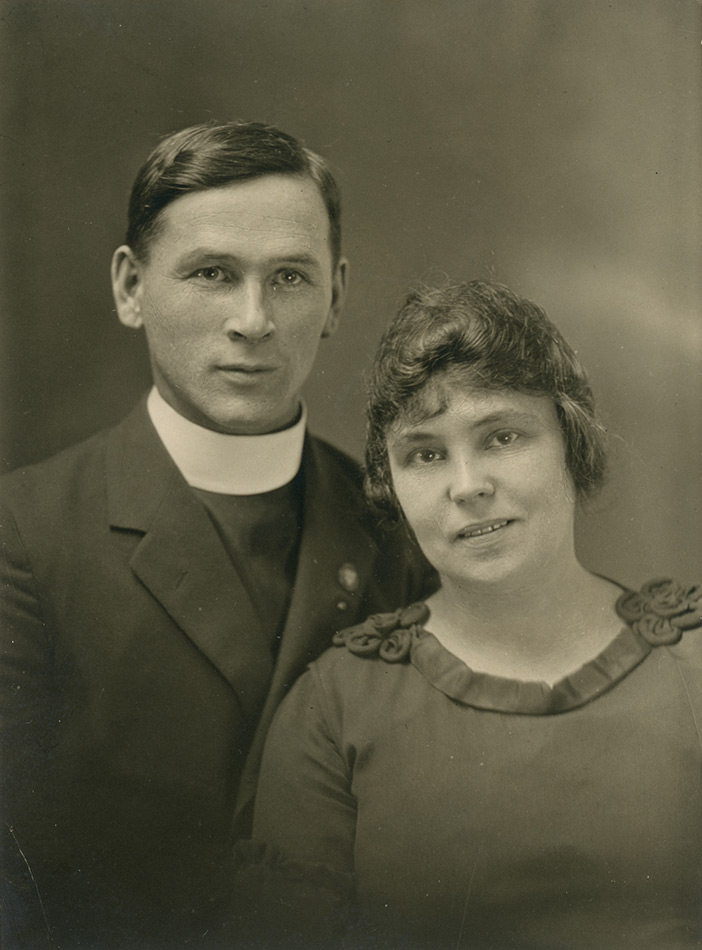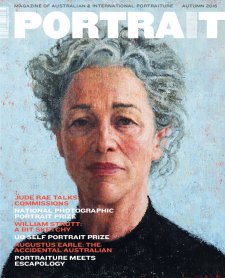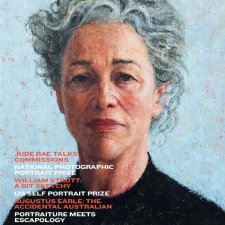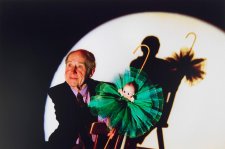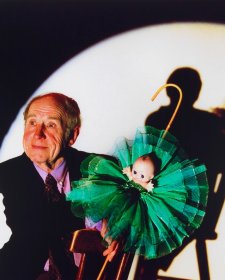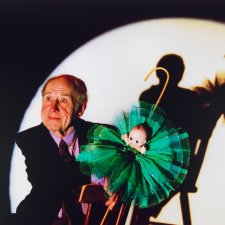Nowhere in Marion Smith’s First World War service records is there any evidence of her country of birth. Yet nestled in the records of the Queen Alexandra’s Imperial Military Nursing Service Reserve is evidence of possibly the only Australian Aboriginal woman to serve during the First World War.
Marion Elizabeth Leane Smith spent her first few years in Liverpool, New South Wales. Her grandmother Lucy Leanne was a Darug woman and is on record for petitioning the NSW Aborigines Protection Board in 1889, where she described herself as ‘only surviving native woman of the Georges River and the Liverpool District’. Her daughter Elizabeth was born and raised in Liverpool, where she later married her English cousin George William Smith in 1890. Marion was born the following year.
It is not clear what prompted George and Elizabeth Smith to move to Canada with their daughter Marion. However, the turn of the century was textured by growing concerns about the welfare of ‘half-caste’ children, leading to the devastation of the Stolen Generations. Had the Smiths remained in Australia, Marion’s upbringing would have been decidedly different.
Following her childhood in Canada, Marion temporarily moved to the United States to train as a nurse at the New England Hospital in Roxbury, Massachusetts. On the other side of the Atlantic, Germany invaded Belgium, refusing Britain’s demands to retreat, resulting in Britain declaring war in August 1914. This declaration automatically incorporated Britain’s colonies, including Canada. Marion returned to Canada before enlisting with the Queen Alexandra’s Imperial Military Nursing Service Reserve (QAIMNS) on 7 March, 1917. The QAIMNS was established in 1902 and replaced the Army Nursing Service in Great Britain. At the outbreak of the First World War there were around 300 nurses in the service, and over the course of the war a further 11 000 joined the QAIMNS. These women tended to be over twenty-five years old and single, and were required to be well-educated and of good social standing. Smith was twenty-six years old when she joined, and would have been required to complete a three year training course in a War Office-approved hospital.
Smith embarked for France in March 1917 where she joined No. 41 Ambulance Train by the end of the year. The ambulance trains were specially fitted to transport injured troops from casualty clearing stations on the front to base hospitals, and were in operation in France and Belgium. As the trains bumped along, nurses navigated narrow aisles and dim lighting to tend to the casualties. Troops lay in bunks arranged in three tiers on either side of the crowded aisles. Some trains also included surgical theatres for emergency operations.
Smith excelled despite the difficult conditions, and the sister in charge of No. 41 Ambulance Train reported that ‘Staff Nurse Smith has given complete satisfaction in the carrying out of her duties whilst on this Train; her work is both quickly and efficiently done. She is most capable in every way.’
As nurses were employed by contract in the QAIMS, when Smith’s expired in September 1918 she requested an extension. She then served in Italy with Britain’s Italian Expeditionary Force before moving to the University War Hospital in Southampton, where she remained until after the war ended.
In May 1919, Smith sailed home to ‘Home Farm’ in Fredericton Junction, Canada. She met a clergyman named Victor Benjamin Walls and they married on New Year’s Day in 1924 at the Smiths’ family home. There is some speculation that Walls and Smith met during the war, as Walls had also served. He had interrupted his studies at Dalhouse University to enlist with the Canadian Medical Corps, with which he served in Britain, France and Belgium.
Not long after their wedding, Victor and Marion Walls travelled to Trinidad so Victor could take up his post as principal of Naparima College, where he would remain for almost thirty years. During this time, Marion gave birth to a son and became dedicated to the school’s extra-curricular activities. She also wrote the school hymn, which continues to be sung today.
Marion was devoted to raising medical awareness in Trinidad. When the Second World War erupted, Marion brought the Red Cross to the country and served as the commandant for the duration of the war. For her work she was awarded the Distinguished Service Medal, which is awarded to those who show ‘distinguished leadership in action’.
Upon Victor’s retirement, the Walls returned to Canada and lived in Blackville, New Brunswick. Marion died four years later on 24 January 1957, aged 66. Victor Walls remained in Blackville where he served as a United Church minister briefly from 1972-73, and married Verna E. Augustine from Trinidad. Victor Walls died in Newcastle, Canada on 19 September 1984, aged ninety-two.
The small black and white photograph of Victor and Marion Walls was taken just before they departed for Trinidad. It was kept in the United Church of Canada’s Archives and found through the pioneering research of Philippa Scarlett, who first uncovered the story of Marion Smith, the only known Australian Indigenous servicewoman of the First World War.
